22 Most Innovative Gadgets Of The Last Decade
Dhir Acharya - Jan 22, 2020
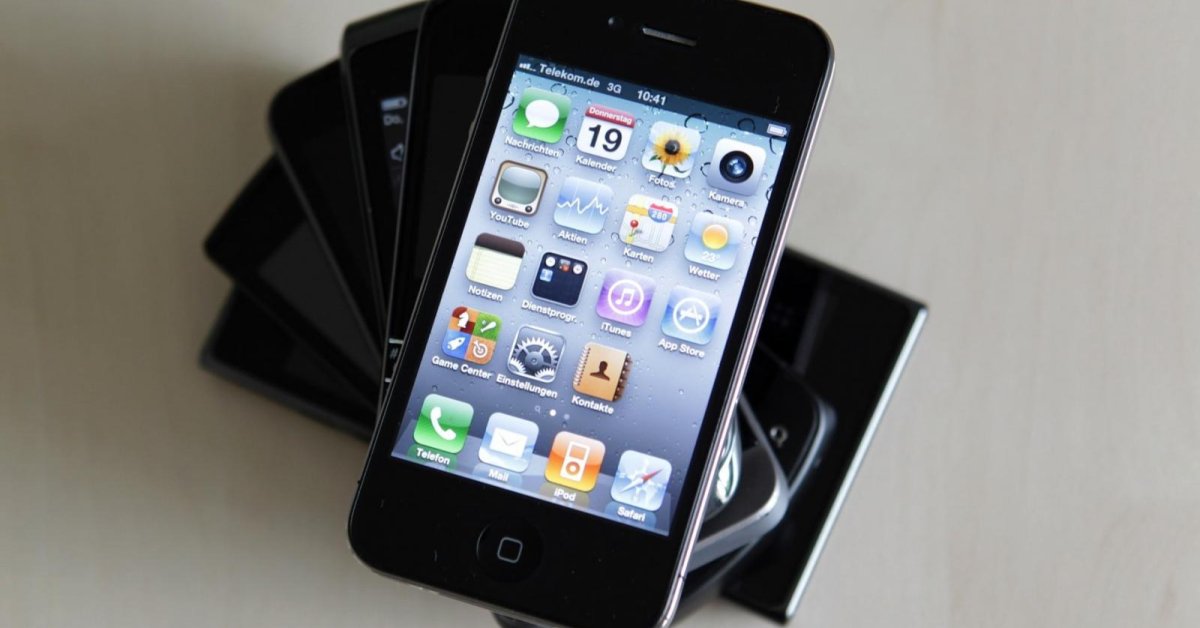
From a smartphone to a smartwatch, these are the best 22 gadgets that shaped the 2010s, bearing our minds with some huge leaps in technology.
- The Ultimate Tech Betrayal: OpenAI's Nuclear Revenge Plot Against Sugar Daddy Microsoft
- Best Gaming Phones 2025: Top Devices for Mobile Gaming
- Google Offers Voluntary Buyouts to US Employees Amid AI Push
Over the last ten years, we have witnessed the smartphone turning from an overpriced device into something we use even more often than our desktop or laptop. We have also seen the e-reader come to design so perfect that it mostly hasn’t changed over the past seven years. There have also been game systems making us change the way we game as well as laptops making us change what we think a good laptop should be. More and more are coming in the future, but such innovations couldn’t happen if it hadn’t been for each step and leap we took in the past. And as of now, these are the most innovative gadgets of the 2010s.
Apple iPhone 4 (2010)
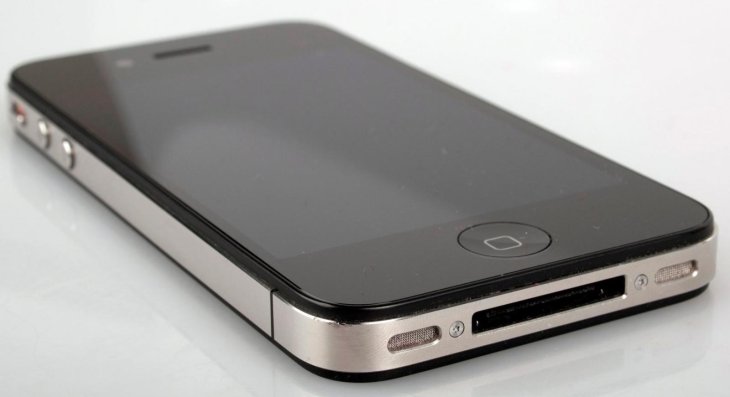
Compared with its predecessors, the iPhone 4 had a significantly different design that ditched its predecessors’ contours and became the world’s thinnest smartphone at that time. Many people still love that design, hoping Apple will give it a comeback.
Besides, this was the first iPhone to feature the Retina Display where the pixels are too small to be seen by the naked eye. It was also the first Apple smartphone to have a camera on the front. The phone came with iOS 4, the first version of the iOS to offer multitasking as well as Facetime video calling.
Additionally, it was the first iPhone to include a CDMA option that let it work on other networks than AT&Ts, helping Apple expand its smartphone market.
Samsung Galaxy Note (2011)
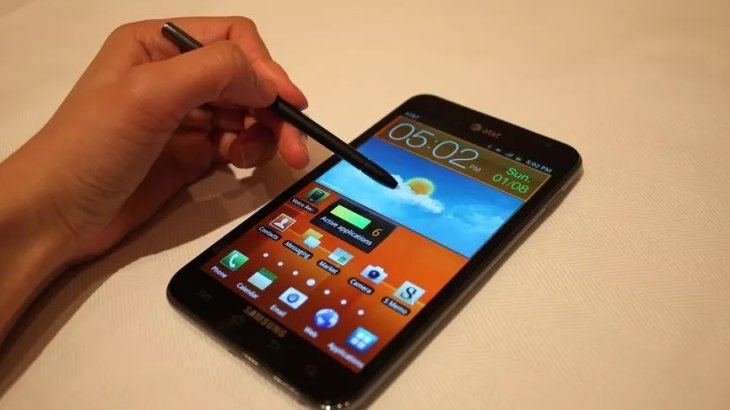
This device came out at a time when the largest phone had 3.5-inch displays, proving that phone screens can get as big as people want. The original Note even included a stylus, which has since distinguished the Galaxy Note from its rivals. This was truly a powerful handset and its screen size changed the way phones are designed.
Nike FuelBand (2012)
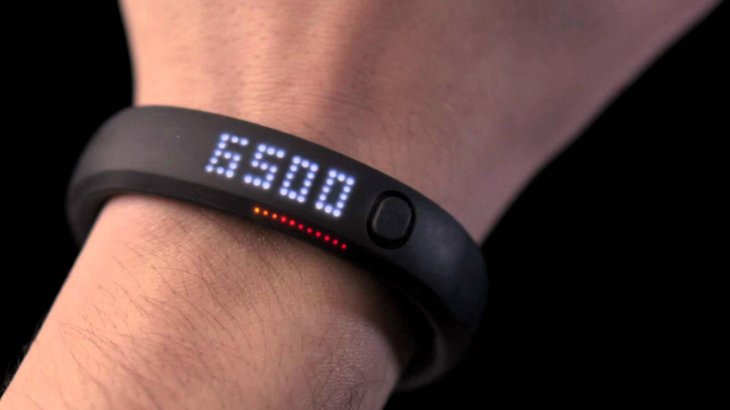
This device didn’t last long but it was created with the knowledge of something many wearables makers still don’t understand till today: Coolness is important. The Apple Watch offers all the features users can rely on but if it weren’t cool, people wouldn’t care.
Philips Hue (2012)
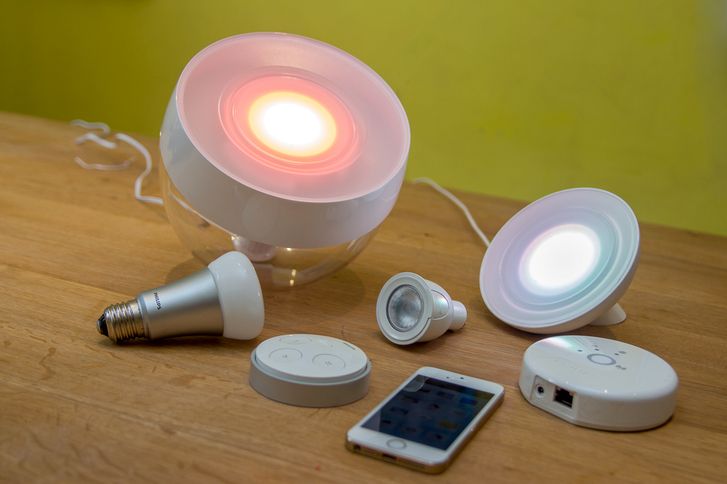
In 2012, before the smart home became a common, widely used term, Philips introduced the Hue smart lighting system, showing the world how we can give household appliances more capabilities. With this system, the lighting control in the house was moved from switches to the smartphone that we were already addicted to.
You could easily upgrade your house’s lighting and the Philips Hue mobile app not only let you remote control the lights but it also allowed you to organize as well as schedule the lights. While many technologies took years to perfect, the Hue bulbs operated just well from the beginning.
Nexus 4 (2012)

There was a time when Android wasn’t as great as today, and most Android phones sucked too. But in 2012, the operating system finally became good enough to use and Google’s Nexus 4 got it.
The Nexus 4 had its own drawbacks, the camera was so awful that one might never think Google could end up making one of the world’s best phone cameras.
Raspberry Pi (2012)
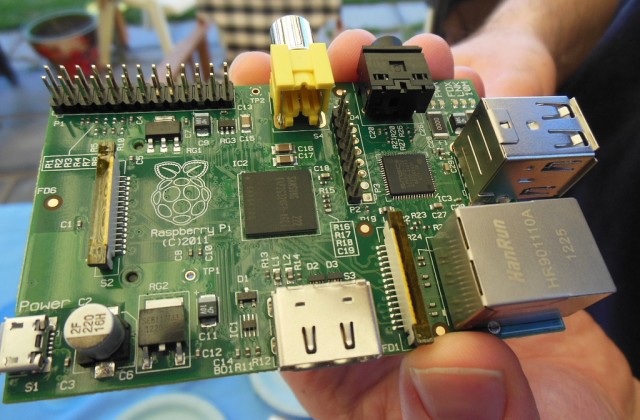
Although there have been many attempts to produce super-cheap computers, the Raspberry Pi with a cost starting at $25 was the first truly accessible option. And while the device was not a complete computer, you need to have your own storage and it was too slow to be able to replace a laptop, it could be used for watching movies or playing some old games. And it gave creators a great opportunity to build things like a smart dog food dispenser, a robot, etc.
Over the years, Pis has become more and more powerful, and its price has also increased but never crossed $55.
Amazon Kindle Paperwhite (2012)

The tech giant has had the greatest influence on the publishing industry over the past few decades. And the Kindle contributed to that impact, it’s a device that helps you read books anywhere you go.
Amazon released the first Kindle before 2000. But the Paperwhite became an electronic reading device that was comfortable to look at and use.
UE Boom (2013)
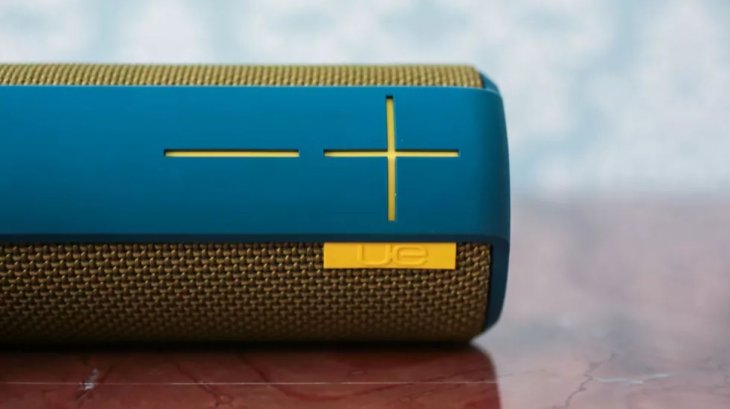
In the past, to have music with us on the go, we had to bring along a bulky box or a bunch of cords. But as Bluetooth was born, wireless speakers were on the table, which fit in the pocket and could entertain people for hours.
However, it wasn’t until the Boom that they stopped being suck. Launched in 2013, this device was tall, allowing seamless connection to all devices with the ability to play music for several hours and offering great sound.
The original Boom came with water resistance while newer models can be submerged in water as it’s playing music. Some models can even float.
Sony A7 (2013)
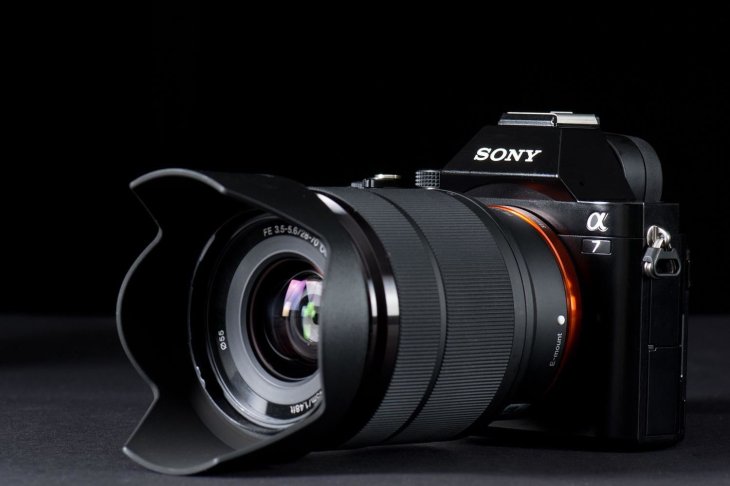
When Sony launched the first A7 camera, film had already been gone long ago but photographers had to carry around bulky, heavy DSLRs if they wanted high-quality photos from their digital camera with 35mm full-frame sensor.
But with the A7, the 35mm sensor was put in a mirrorless camera body that featured interchangeable lenses that was lighter, smaller compared with DSLR. It also costs an affordable amount for amateur photographers.
The A7 also made Sony a serious player in the industry and enabled it to compete with Canon, Nikon, and other players. The A7 line has since undergone many advancements like additional functionality and performance improvements that rivals can’t or won’t compete. That also allowed the company to slowly, steadily win the heart of professionals while achieving more market share.
Nokia Lumia 1020 (2013)
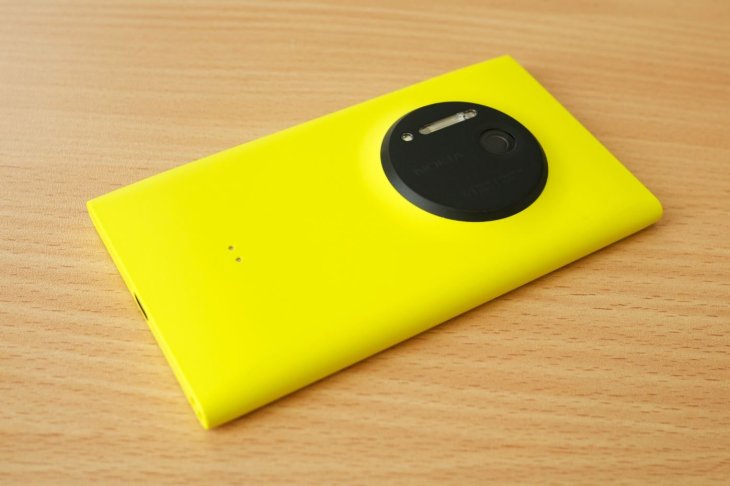
Phones have had their own cameras for long but this phone was the first to see the importance of camera technology in the future. The Lumia 1020 houses a big camera bump, the sign of the camera array we all know today. The handset also offered some clever software tricks that foresaw the coming revolution in computational photography.
Pebble (2013)
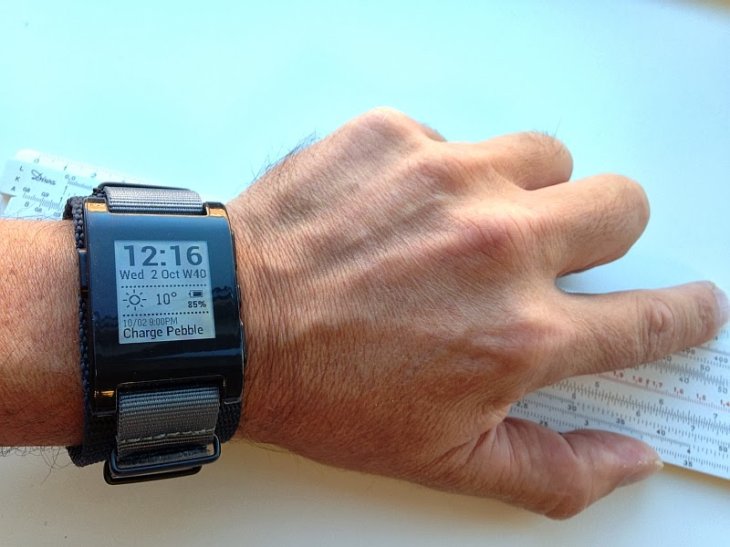
The smartwatch used to be something that even tech giants like Microsoft couldn’t convince people to strap on on their wrists. But that all changed in 2013 with the launch of the Pebble, whose design and functionality positioned the device as a second screen for the smartphone.
The Pebble let users see message, call, and email notifications without having to take the phone out of the pocket. Besides, the smartwatch allowed app downloading and customization, making it more useful. Then in 2015, Apple released the Watch that offered a long battery life, great performance, and an affordable price. However, many maintain their belief that the Pebble did a better job.
Amazon Echo (2014)
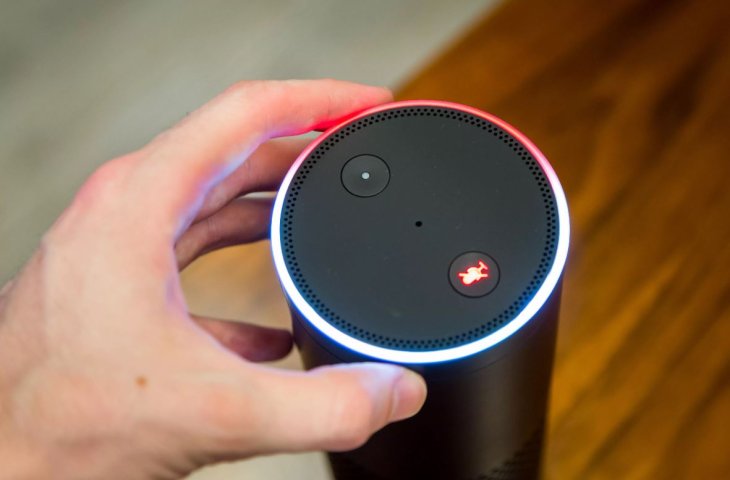
Before the Echo was rolled out in 2014, voice assistants were something fictional. While Alexa wasn’t perfect at the time, it was the very first feasible voice assistant. And Amazon Echo products suddenly solved the problem of getting all the products in your smart home to interact with one another and get everything done.
Surface Pro 3 (2014)
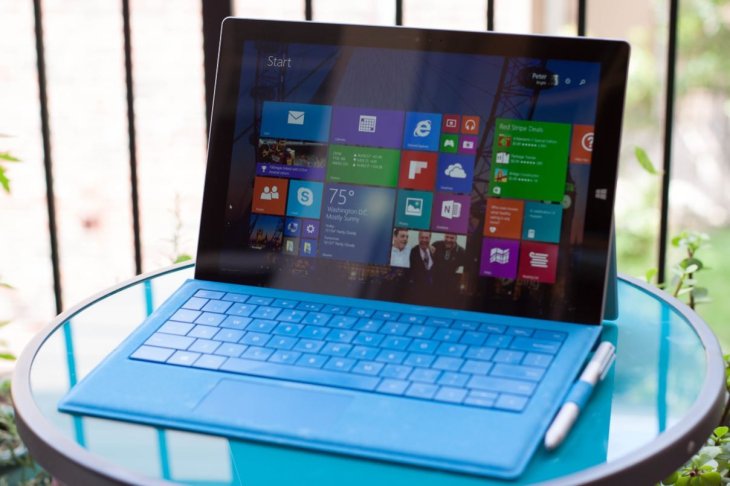
This goes into the list of the 2010s best gadgets because it the first tablet running Windows to get it right. With the Surface Pro 3, Microsoft switch from Windows RT to Windows 8, completing the device with the x68 chip that was made fro desktops and laptops.
That made the Surface Pro 3 Microsoft’s first tablet for users to work on while it was thinner and more lightweight than other tablets from the company. Though the device still required a keyboard and a mouse to interact, it created a huge trend of Windows tablets that lives till today.
DJI Phantom 13 (2015)
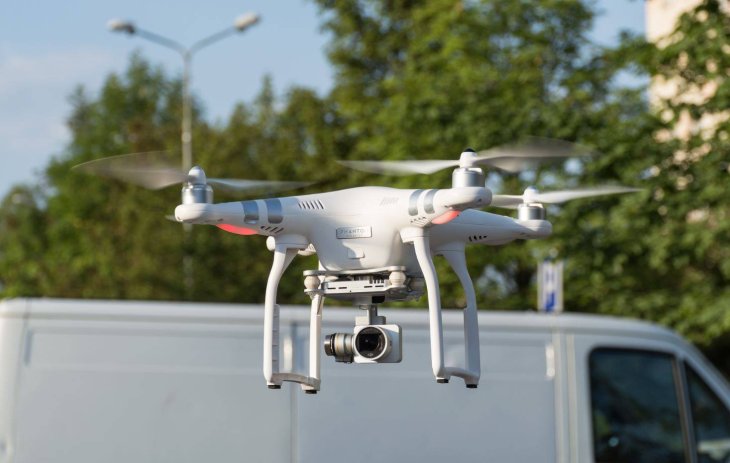
In the past, for many people, consumer drones meant the DJI Phantom. The white quadcopter, which was launched in 2013, was also known as the iPhone of drones as it was easy to use with a lot of capabilities.
The original device required a third-party camera for photography in mid-air, DJI rolled out a version that came with an HD camera as well as three-axis gimbal not long after the launch of the first model. By the end of the 2010s, the company had already released the fourth-generation Phantom, featuring a 4K camera and obstacle avoidance tech.
And while the company itself, as well as others, are looking more at making smaller, folding drones, it will always be the Phantom which started everything.
Dell XPS 3 (2015)
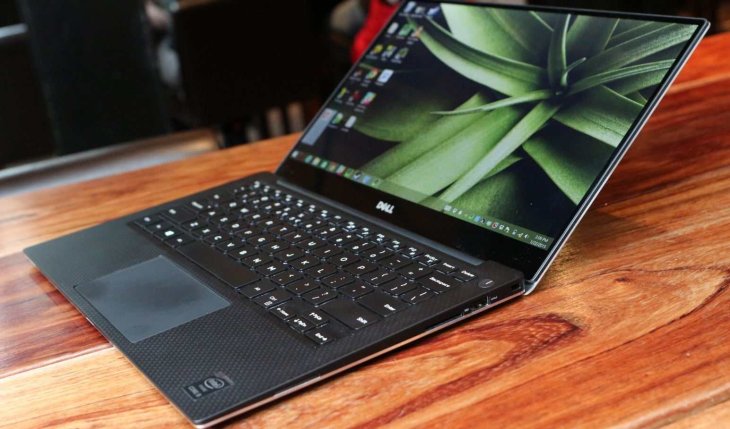
Over ten years ago, we weren't able to say that Dell was a major innovator regarding laptop design. Instead, the company was well-known for its solid, affordable laptops, not for aesthetics.
But in 2015, Dell launched the XPS 13, which was initially just a copy of the MacBook Pro but ended up the leader in laptop design for the 13-inch segment. It nad almost no bezels while offering the longest battery life in this category.
AirPods (2016)
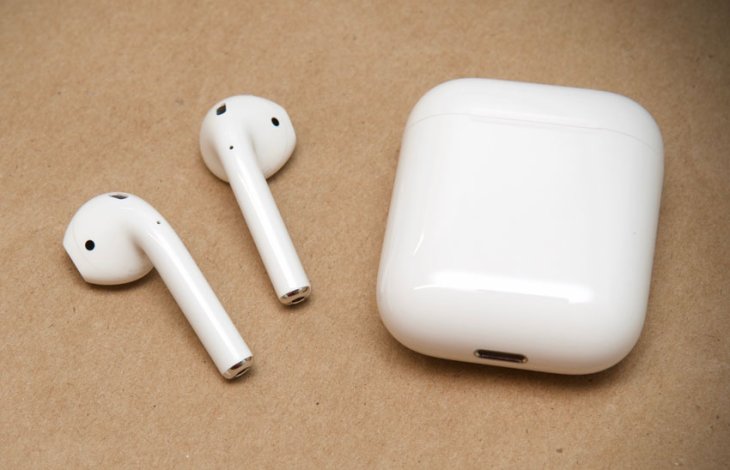
This is one of the most successful products Apple made in the last ten years. It may even be safe to say that the AirPods showcases the tech giant’s most impressive techs. Especially, it was launched in a year when most wireless earbuds were terrible.
With the new W1 chip, the company improved its Bluetooth connectivity so that the earbuds turned on and worked automatically as soon as users took them out from the case.
Fitbit Charge 2 (2016)
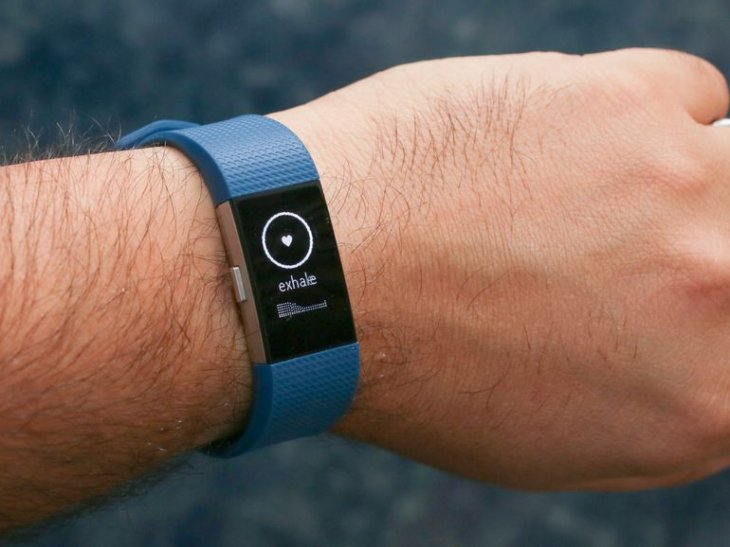
The Charge series has long been popular, but the Charge 2 stood out was one of the best fitness trackers ever. The device was comfortable on the wrist with a big-enough screen for viewing notifications.
Besides, its battery could last you 5 days on a single charge, and it tracked your sleep stages.
Oculus Rift (2016)
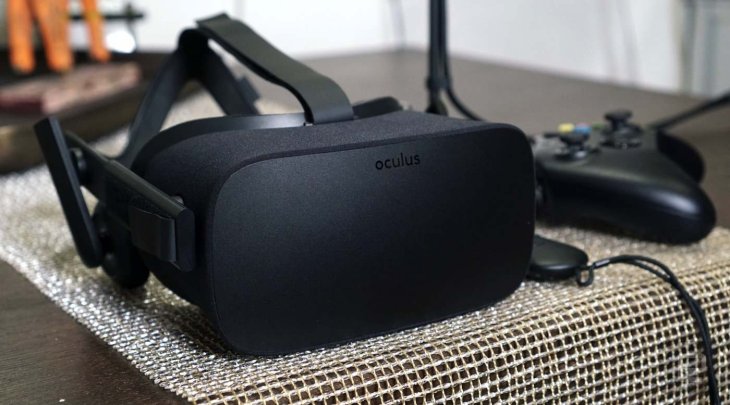
Before the Oculus Rift came out, people thought that VR was awkward as in sci-fi movies. However, this product proved that high-fidelity VR is feasible but also fun.
While the device had a premium price and required PC hardware that forced users to upgrade, it opened a new era of development in virtual reality that continues till today.
iPhone X and Face ID (2017)

Apple launched this phone on the 10th anniversary of the iPhone, and it was a remarkable device. It houses the new, gorgeous OLED display, a beautiful design. But the best thing about the iPhone X is Face ID that scans the user’s face for phone unlock.
Face ID is among Apple’s most transformative techs, which helps ditch passwords and fingerprint scanning. Instead, the only thing you need is a glance at the phone. This technology has since become the new standard for iPhones, making its way to the iPad Pro and may even come to MacBooks.
Nitendo Switch (2017)
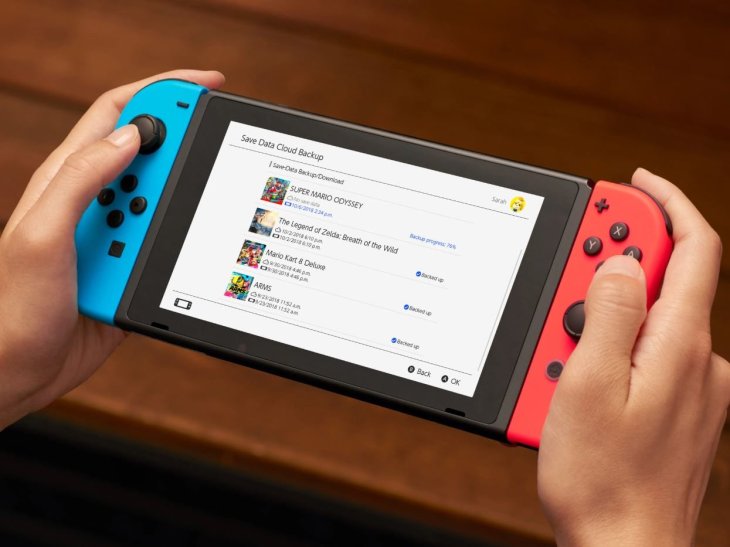
The Switch came out 28 years after the Game Boy but became one of the most popular systems of portable gaming ever made, looking like a streamlined version of the touchscreen controller of the Wii U.
The Nintendo Switch houses a 6.2-inch full-color display, along with the ability to connect to a television through a charging dock. Though its graphics can’t compete with the Xbox One and PS4, it offers the balance between capability and portability, hence excellent gameplays.
Samsung Galaxy S8 (2017)
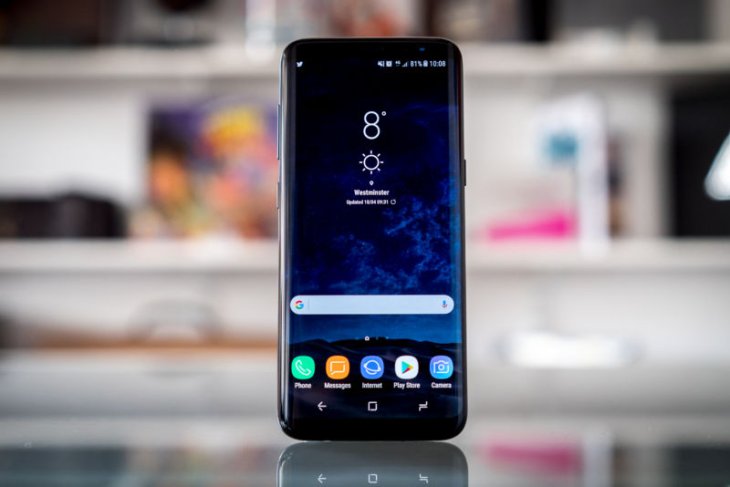
This smartphone is small but its display big, well designed and has balanced bezels with a rounded frame as well as a glass back. Besides, the Galaxy S8 comes with a fingerprint sensor on the back, water and dust resistance rating of IP68, a built-in headphone jack, a microSD card slot, and Qi wireless charging.
The S8’s design was so good that Samsung has since used this template for its phones. This device makes its way to the top three best phones ever made by Samsung.
Google Pixel 3 (2018)
![]()
The one excellent thing about this phone that we have repeated article by article is its camera with Super Res Zoom and Night Sight. While phones released in the same year featured two or three phones on the rear, the Pixel 3 needed just one to beat them all thanks to Google’s computational photography.
It also stands out from previous Pixel phones for being stylish, offering wireless charging as well as a bunch of software features.
Apple Watch Series 4 (2018)
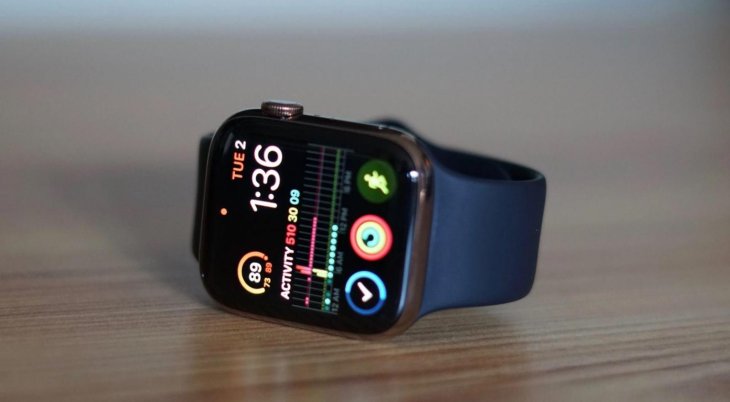
Apple introduced the first Watch Series in 2014, and people at the time thought it was ridiculous because it had a hefty price tag, relied on the iPhone, and didn’t satisfy those who dreamt of on-wrist communication as in sci-fi movies.
But now, a lot of people wear it and the Series 4 stands out from the other Apple Watches. It has a larger, brighter screen and became the first smartwatch to offer ECG capabilities, FDA clearance, and fall detection. Not so expensive now, isn’t it?
>>> 25 Most Important Apps Of The 2010s
Featured Stories

Features - Jul 01, 2025
What Are The Fastest Passenger Vehicles Ever Created?

Features - Jun 25, 2025
Japan Hydrogen Breakthrough: Scientists Crack the Clean Energy Code with...

ICT News - Jun 25, 2025
AI Intimidation Tactics: CEOs Turn Flawed Technology Into Employee Fear Machine

Review - Jun 25, 2025
Windows 11 Problems: Is Microsoft's "Best" OS Actually Getting Worse?

Features - Jun 22, 2025
Telegram Founder Pavel Durov Plans to Split $14 Billion Fortune Among 106 Children

ICT News - Jun 22, 2025
Neuralink Telepathy Chip Enables Quadriplegic Rob Greiner to Control Games with...

Features - Jun 21, 2025
This Over $100 Bottle Has Nothing But Fresh Air Inside

Features - Jun 18, 2025
Best Mobile VPN Apps for Gaming 2025: Complete Guide

Features - Jun 18, 2025
A Math Formula Tells Us How Long Everything Will Live

Features - Jun 16, 2025
Comments
Sort by Newest | Popular